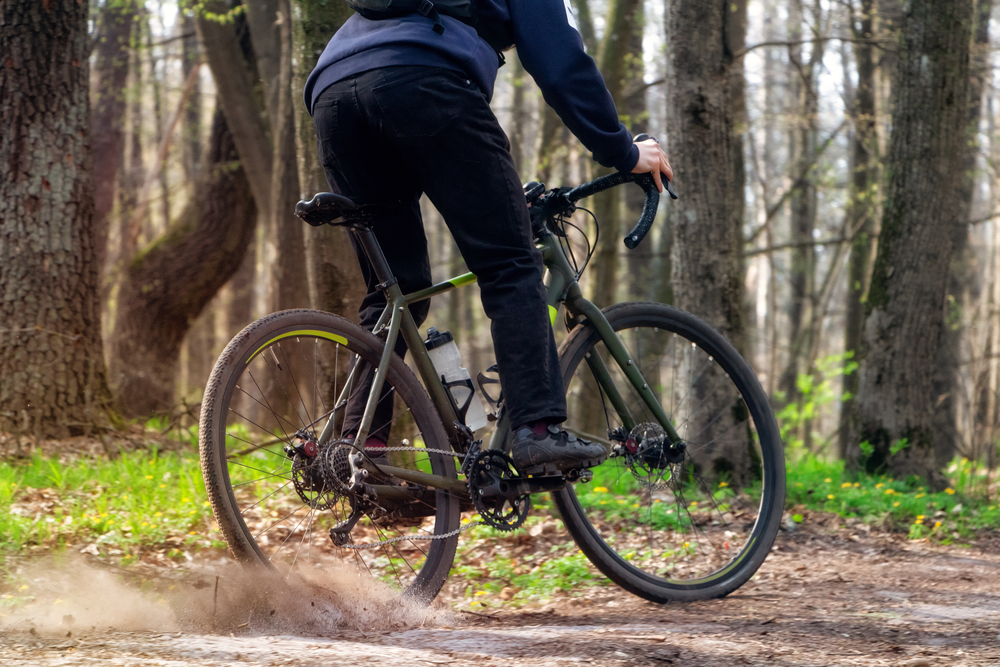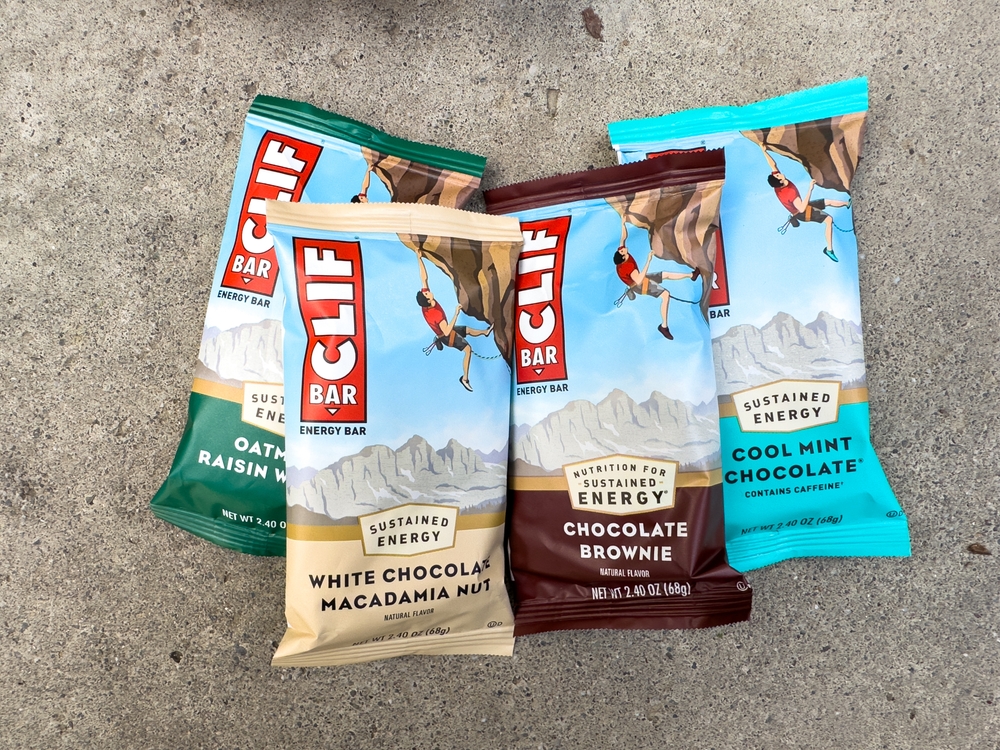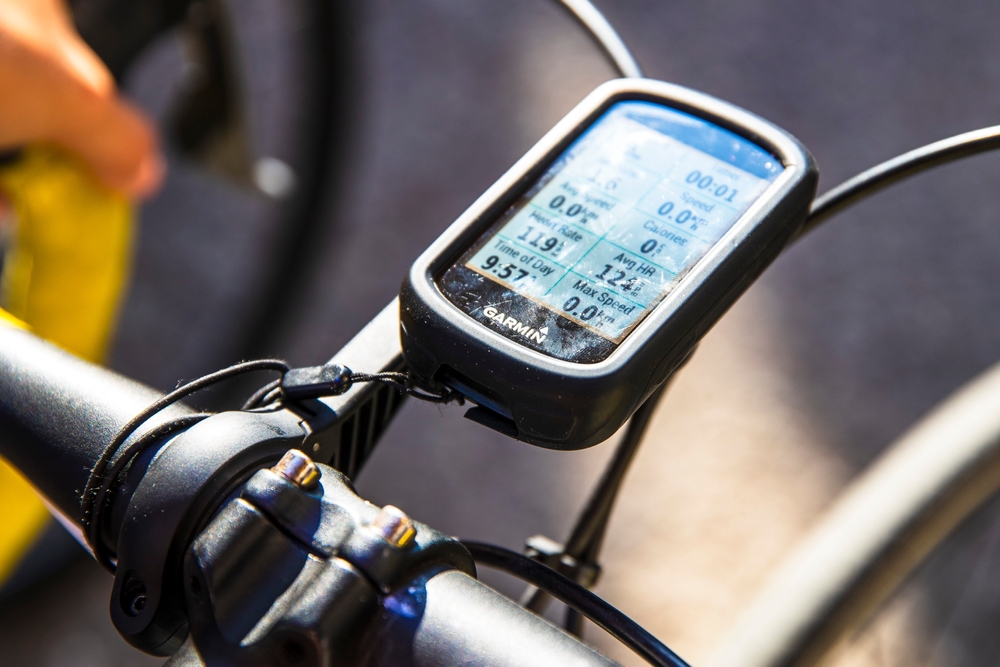Presta vs Schrader: A Comparative Guide
Bike tires are crucial for performance, comfort, and safety. Valve types are often overlooked, but they play a significant role in how your bike handles. The two most common valve types are Presta and Schrader. Understanding the differences can help you choose the right one for your needs.
Understanding Presta Valves
Presta valves are often found on road bikes, higher-end mountain bikes, and in many racing applications. They are slim, lightweight, and designed to withstand high pressure. Here are some key features of Presta valves:
- Construction: Presta valves are made of metal with a small lock nut securing the valve.
- Size: They are typically around 6mm in diameter, slimmer than Schrader valves.
- Pressure Handling: These valves can handle high pressure, making them ideal for road bike tires.
Presta valves require a specialized pump head or an adapter to inflate. Their design includes a locking nut that must be unscrewed before air can enter or exit. This ensures a secure and reliable seal, which is critical for high-pressure applications.
Exploring Schrader Valves
Schrader valves are commonly used in car tires, mountain bikes, and some children’s bikes. They are wider, more robust, and easier to inflate with standard pumps. Key features include:
- Construction: Schrader valves have a rubber seal, and the valve mechanism is protected inside the stem.
- Size: They are typically 8mm in diameter, making them broader than Presta valves.
- Compatibility: These valves can be inflated at most gas stations and with standard pumps without adapters.
The Schraeder valve’s wider and more rugged design makes it less prone to damage. It is simpler to use for many cyclists, especially those with less experience in bike maintenance.
Comparing Performance
When it comes to performance, both valves have their pros and cons depending on the context. Presta valves are preferred in high-performance and road biking scenarios due to their ability to handle higher pressures. They are lightweight, which adds to the bike’s overall efficiency. However, their smaller size also makes them more fragile.
Schrader valves are durable and easy to use, making them ideal for everyday cycling and mountain biking. Their robustness is particularly beneficial for off-road and rough terrain riding. On the downside, they are heavier and bulkier, which might not be a major issue for casual riders but could be for those focused on performance.
Installation and Maintenance
Installing and maintaining these valves involves different steps due to their unique designs. Presta valves require a smaller hole in the rim, ensuring a better seal and potentially improving the wheel’s structural integrity. However, this also means that converting a rim from Schrader to Presta is relatively straightforward, but not vice versa without an adapter.
- Presta Valve Maintenance: Check the lock nut and tighten it to prevent air leaks. Periodically remove the valve core to check for debris or damage.
- Schrader Valve Maintenance: Rubber seals should be inspected regularly for wear. Since they use a spring mechanism, ensure it is free from dirt and functions smoothly.
In both cases, keeping the valves clean and regularly inspecting for wear ensures longevity and optimal performance.
Valve Selection Guide
Your choice between Presta and Schrader often depends on the type of cycling you do and personal preferences. Here’s a quick guide to help you decide:
- Road Cycling: Presta valves are generally better due to their high-pressure capabilities and lower weight.
- Mountain Biking: Schrader valves offer durability and ease of use, which is ideal for the rough terrain often encountered.
- Casual Riding: Schrader valves are user-friendly and convenient for inflating at gas stations or with standard pumps.
- High-Performance Racing: Presta valves offer superior performance in high-pressure scenarios and are the norm in competitive road racing.
Tools and Equipment
Having the right tools for your chosen valve type can make maintenance easier. For Presta valves, you will need a pump with a Presta head or an adapter to fit a standard pump. Consider a pressure gauge to accurately measure tire pressure, as road bikes often require precise tuning. A valve core remover can also be useful for deeper maintenance.
For Schrader valves, any standard bike pump or compressor at a gas station works. They are less demanding in terms of specialized tools. Keeping a valve stem cap on helps to protect the valve from dirt and damage, ensuring it lasts longer.
Valve Conversions
In some cases, you may want to convert your valves. If you have Schrader valves and wish to switch to Presta, you can easily do so by drilling a smaller hole in your rims and using a Presta-specific rim tape. Alternatively, adapters are available to fit Schrader valves into Presta-sized holes, but this is less common due to compatibility issues.
Adapters are also available to convert pumps. For instance, if your pump is designed for Schrader valves, a small adapter can allow you to inflate Presta valves. This versatility can be handy, especially for those who ride different types of bikes.
Market Trends and Availability
The cycling market has generally favored Presta valves in high-performance segments. They are standard on most modern road bikes and higher-end mountain bikes. Schrader valves continue to dominate more casual and utilitarian segments, particularly in children’s bikes and mainstream mountain bikes.
Most bike shops and online stores carry both types of valves and related accessories, so availability is rarely an issue. However, it’s always a good idea to check valve compatibility when purchasing new wheels or tubes to avoid any hassles.
Considerations for Tubeless Systems
The rise of tubeless tire systems has added another layer to the valve debate. Tubeless setups are popular in both road and mountain biking for their reduced puncture risk and improved ride quality. Presta valves with removable cores are often preferred in tubeless systems because they allow for easy addition of sealant.
Schrader tubeless valves are less common but not unheard of. They offer the same benefits but are typically used in specialized applications. As tubeless technology evolves, it’s likely we’ll see more innovation around valve designs to support this trend.
Final Thoughts on Choosing the Right Valve
Understanding the differences between Presta and Schrader valves can enhance your biking experience. Whether you prioritize performance, durability, or ease of use, there’s a valve type suited for you. Keep in mind your riding style, tire pressure needs, and maintenance preferences when making a decision. By choosing the right valve, you can ensure better performance and enjoy a smoother ride.
“`






